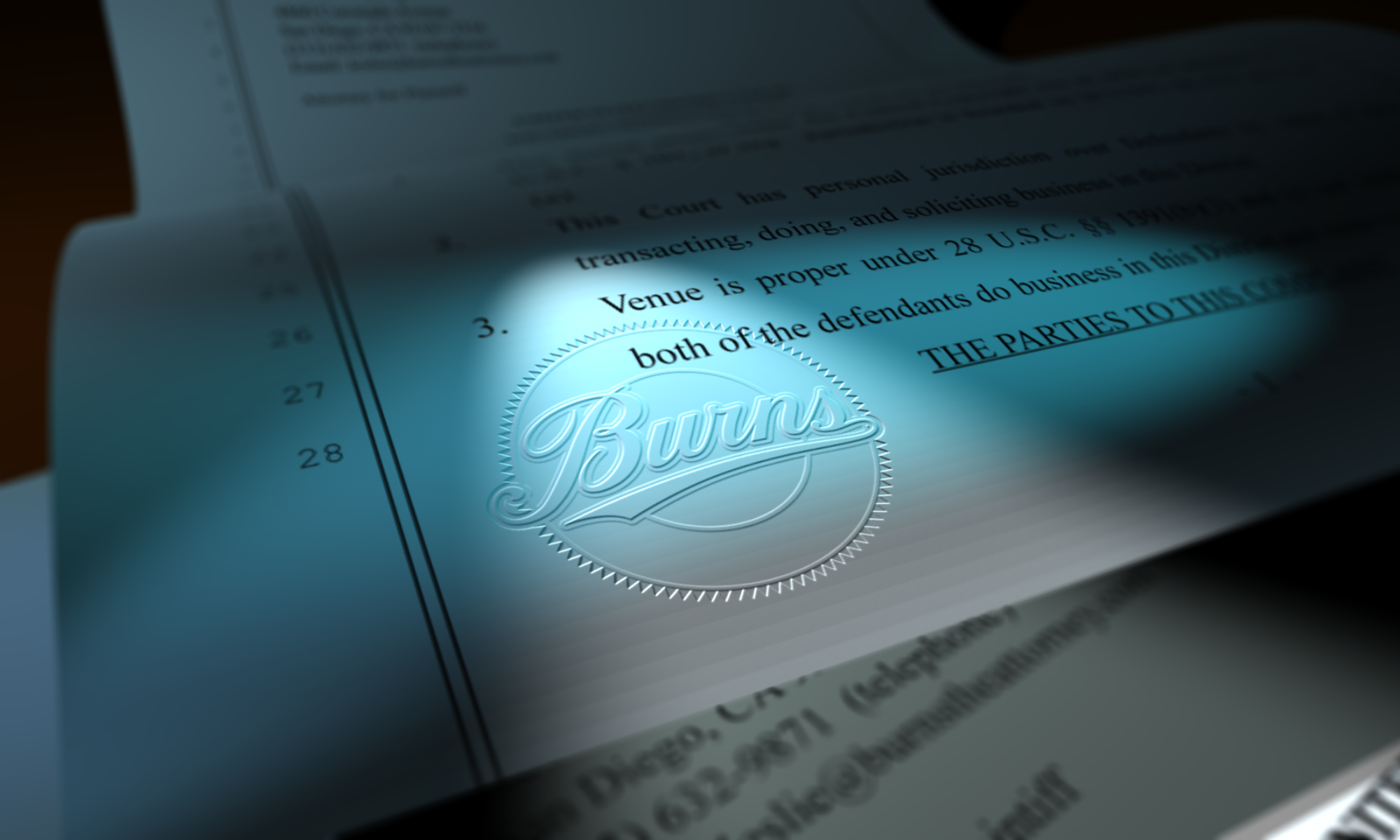Business is hard. To paraphrase a favorite movie, anyone who says otherwise is selling something. Business is work and doing the stuff you don’t want to do. Business is hiring accountants and lawyers and making pitches to potential clients and doing research and paperwork and making trips to Costco.
Oh, and making your art, too. More on that in a bit.
It’s sacrifice and frustration. It’s making tough choices like to take what may be a cashflow hit now (like by saying no to a shitty, lowballing client) for the possibility of a long-term gain. It means having to say “no” to a lot more than you ever imagined, like to buying you or your kids stuff because you need to pay your over-priced health insurance.
It means having to smile to clients who are driving you nuts.
But, don’t forget, you chose this path.
Stop and think just how great that is. You are Here, as the sign says.
No matter how tough it gets, no matter how much you struggle in your business and to make your art, you are here and doing it. No matter how psychotic the client demands, how long the hours, how much you miss your life partner because you’ve been locked in post for the past week, or how frustrating the airlines are being about your gear, it beats the hell out of the Alternative, as my father used to say before the Alternative caught up to him at 92.
Take a moment to remember those who have inspired you and then honor them by recognizing that we’re all here temporarily and need to embrace the fantastic opportunity that presents. Play your music a little louder, do the drudge work with a better attitude, and push your art more.
About that last bit… are you playing it safe? Are you making the work you have been told you ought to make, that clients want to see, that won’t scare off potential clients? Then do us all a favor and quit now.
No one will pay more for your art than the next person’s “content” unless you believe in its value and, most of all, you make something original. If you feel like “anyone could have done this” about your work, you are probably right. Moreover, it’s not worth anything. So why are you wasting your time? Worse, why are you wasting everyone else’s? Why are you making the people who love you suffer more because you don’t have a regular job with normal hours and vacation days? Stop pretending to be a creative professional and whining about the state of the industry while doing what not only hurts you, but what directly causes the industry’s downfall.
Harsh? Maybe. In the words of the fabulous Margo Channing: fasten your seatbelts, it’s going to be a bumpy night.
Look, if you feel like your work could be made by anyone, then you aren’t working hard enough to make your art. I don’t know what you are doing, but it’s not being an artist. A poseur, an influencer, a faker, maybe, but sure as hell not an artist.
If that’s you, quit now, because that “play it safe” attitude is bullshit, especially today. You are only contributing to the illusion that anyone (or, in the case of AI, anyTHING) can be a creator. You are lowering the perceived value of creativity by flooding the market with even more shit work. Those creative pros who are busting their asses making really creative work are having to fight harder than ever to get seen, not to mention dollars for their efforts, because people like you make artists look like lazy, spoiled children who don’t work hard and simply luck out when they actually make something more. Like artistic nepo-babies.
In case you didn’t know, making art is hard damn work. Art requires more. More effort. More bravery. More of you. You need to put yourself out there to make the work. You should be spent, having given a part of you in the making. If it really is totally easy for you, you aren’t trying hard enough.
But, damn, y’all are sure whining about how no one wants to hire you or pay you enough. Funny how you can’t seem to accept that if you are phoning it in, you are a big part of the problem.
Put the pieces together and the equation is simple: you won’t get work playing it safe because safe work is shit and no one wants to hire someone who makes shit, no matter how nice you are; so, you might as well make the stuff you have in your soul, the stuff you hide from everyone, even quite probably yourself, the stuff that lots of people might actively hate or at least not understand, the stuff that is real.
Here’s your new mantra:
You don’t need everyone’s approval.
You don’t need anyone’s approval.
You don’t need to be liked.
You just need to make the work, your work, your real work; and bill its value rather than some lowball rate or, worse, for the “exposure.”
You make your real art? Then no one can touch you.
